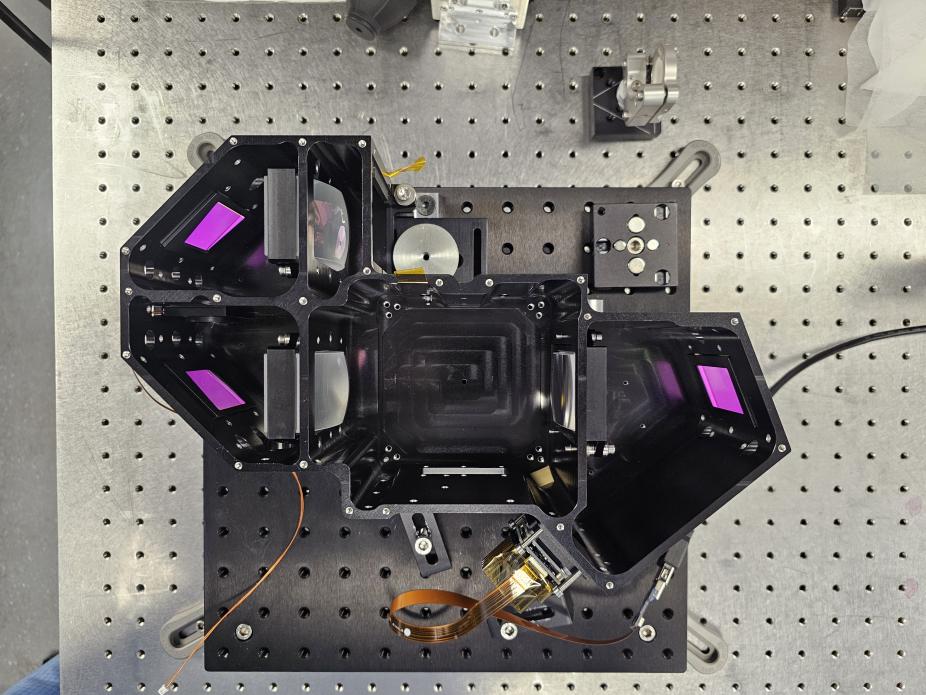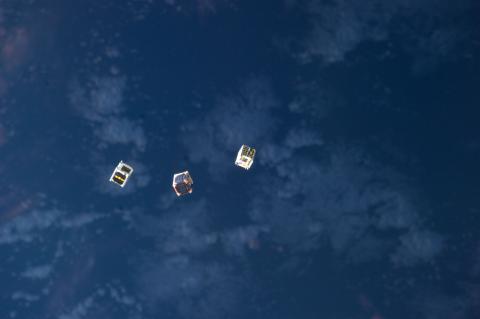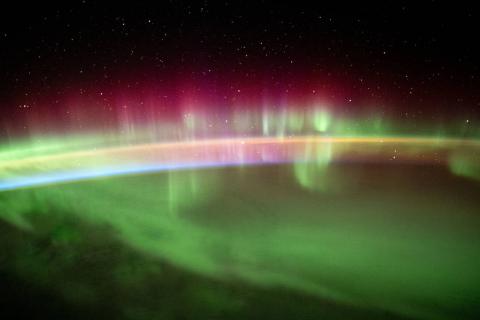WindCube
MISSION SUMMARY

WindCube is a 6-U CubeSat mission in low earth orbit that will study the influence of thermospheric winds on the earth’s ionosphere. Its scientific payload is a limb-viewing Fabry Perot interferometer for thermospheric wind observation using Doppler shift measurements of the 630.0nm oxygen emission line. WindCube will address a key science goal in the NASA Decadal survey.
SCIENCE OVERVIEW
Thermospheric winds are a critically important parameter for understanding the behavior of the ionosphere from high to low latitudes in large and small spatial scales. The NASA decadal survey states: “Key Science Goal 2. Determine the dynamics and coupling of Earth’s magnetosphere, ionosphere, and atmosphere and their response to solar and terrestrial inputs. The regions of Earth’s space environment are coupled by interactions among neutral gas, electrically charged particles, and plasma waves occurring over a range of spatial and temporal scales. The transport of energy and momentum through this environment exhibits varying degrees of feedback and complexity, requiring research approaches that treat it as a coupled system.” In this coupled system, thermospheric winds react and feed back to the magnetospheric inputs, which are in the form of electric field and ion drift. Thermospheric winds can be reactive by following the ion drift. They can also be proactive. Zonal winds can generate electric fields via dynamo effect. Meridional winds can push the ionosphere upward and downward along the magnetic field lines. Hence, without knowing the thermospheric winds, we cannot understand the ionosphere.
WindCube addresses this urgent need for the thermospheric winds with a 6-U CubeSat version of an optical thermospheric wind instrument, which in the past had to be carried by larger satellite missions. By pointing the instrument in along-track and cross-track directions, we will be able to measure both meridional and zonal winds with accuracy on the order of 5 m/s. WindCube will be in a polar orbit sampling areas beyond what current NASA ICON covers. Because of its relatively low cost and high performance, WindCube can be the base design for future multi-satellite missions such as GDC.
We have identified two scientific research areas for the WindCube project:
- Understanding the wind effect on the negative phase expansion during geomagnetic substorms.
- Understanding the mesospheric tidal effects on the thermosphere and ionosphere.
WindCube will be a cost effective way to obtain the thermospheric winds, which have been identified as a most critical parameter for understanding magnetosphere ionosphere coupling.

WindCube payload assembly and integration status (31-March-2025).

